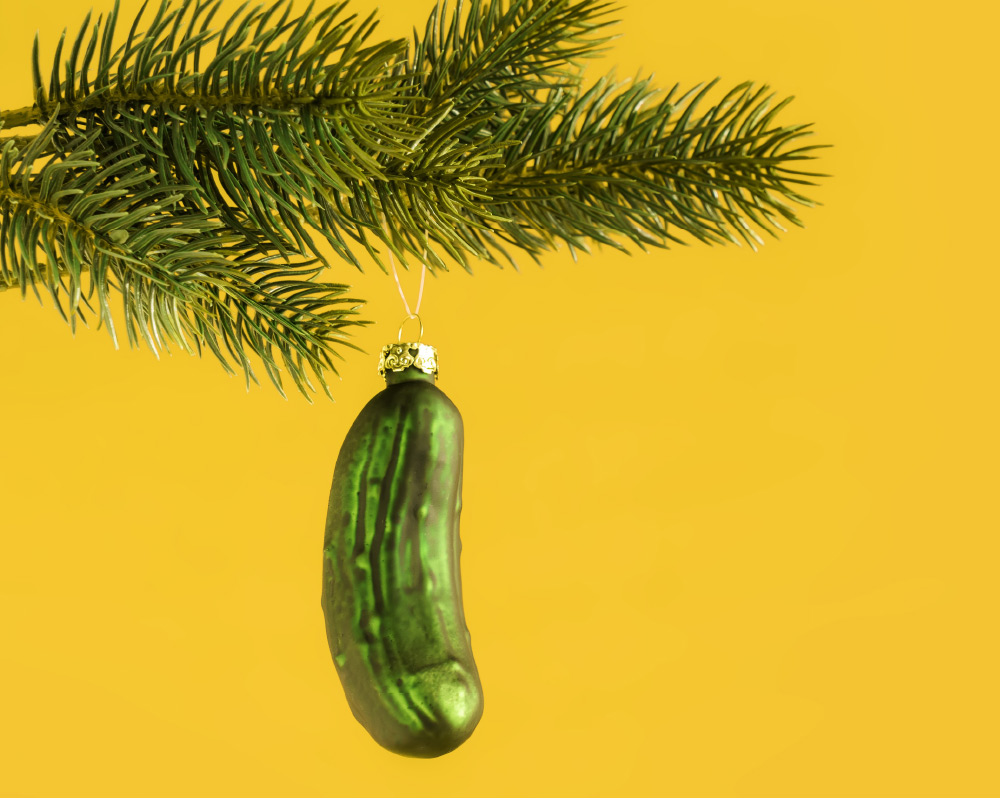As we celebrate the 200th birthday of the State of Illinois this year, let’s see what we know about the Land of Lincoln, which is the sixth largest population in the U.S. at 12.8 million. If you correctly guess more than 15, you’re a NWQ Scholar.
1. In 1818, Illinois became the 21st state admitted to the union. Which of these achieved statehood earlier?
A) Iowa
B) Indiana
C) Wisconsin
D) Missouri
2. Illinois was an organized U.S. territory within the Northwest Territory for about nine years before it became a state. Where was the heart of settler activity at that time?
A) Kaskaskia, in southwest Illinois
B) Galena, in northwest Illinois
C) Chicago, in northeast Illinois
D) Bloomington, in central Illinois
3. Which European culture first laid claim to Illinois country in the late 1600s?
A) Spain
B) Great Britain
C) Portugal
D) France
4. Which of the 13 U.S. colonies once laid claim to Illinois country?
A) Virginia
B) Massachusetts
C) Pennsylvania
D) Georgia
5. What was the settler population when Illinois became a state on Dec. 3, 1818?
A) 3,620
B) 34,620
C) 64,620
D) 164,620
6. American Indians lived here for many thousands of years before Europeans arrived. All states surrounding Illinois have reservations today. How many reservations does Illinois have?
A) Zero
B) Two
C) Five
D) 10
7. Cahokia Mounds State Historic Site, in St. Clair County, is Illinois’ only UNESCO World Heritage site, one of just 23 in the U.S. Which of the following statements is false?
A) It was the largest pre-Columbian settlement north of Mexico, at 6 square miles.
B) It contains Monks Mound, the largest prehistoric earthen structure in the New World.
C) It dates back to the Mississippian period, 600-1400.
D) It was constructed by gold diggers on their way to California.
8. After explorers Louis Jolliet and Father Jacques Marquette arrived here in 1673, they built a fort. This first European settlement in Illinois was located in what present city?
A) Cairo
B) Peoria
C) Oak Park
D) Alton
9. How many counties does Illinois have today?
A) 62
B) 82
C) 102
D) 122
10. Many Illinois cities were named for Native American tribes. Which of these was not?
A) Urbana
B) Winnebago
C) Peoria
D) Ottawa
11. Most Illinois counties are named for Revolutionary War-era heroes. There are exceptions, however. For whom was Fulton County named?
A) The inventor of the plow
B) The inventor of the steamboat
C) The inventor of electricity
D) The inventor of barbed wire
12. There are competing ideas on what the name “Illinois” means. Which of these is not one of those ideas?
A) It simply means “men” (as opposed to savages)
B) It means “Tribe of superior men”
C) It means “He speaks in the ordinary way”
D) It means “Land of High Taxes”
13. Which of these was never a capital city of Illinois?
A) GalenaC) Kaskaskia
B) Vandalia
C) Kaskaskia
D) Springfield
14. Which of these firsts did not occur in Illinois?
A) First state in which a skyscraper was erected
B) First state in which a farm silo was erected
C) First state to ratify 13th Constitutional Amendment to abolish slavery
D) First state to legalize the medical use of marijuana
15. Which of these U.S. presidents was not elected while living in Illinois?
A) Ulysses S. Grant
B) Ronald Reagan
C) Abraham Lincoln
D) Barack Obama
16. What major event attracted 27 million visitors to Illinois in 1893?
A) The Centennial Exposition
B) The World’s Columbian Exposition
C) The International Exposition
D) The New York World’s Fair
17. What Illinois event led to the formation of the National Association for the Advancement of Colored People (NAACP) in 1908?
A) A white mob attacked a black woman at the Haymarket in Chicago.
B) Three escaped slaves were returned to Missouri.
C) Segregation was abolished at Illinois universities
D) Two innocent black men were lynched by a mob in Springfield.
18. But for this U.S. congressman from Illinois, both Chicago and Rockford would be part of Wisconsin. Who was he?
A) Black Hawk
B) Abe Lincoln
C) Nathaniel Pope
D) P.A. Peterson
19. During most of the 20th century, Illinois was an economic powerhouse. It remains one today, but its success was slowed by what factors?
A) A shift from coal power to imported oil and gas
B) The rise of jets and superhighways at the expense of railroads
C) Foreign competitors undercutting U.S. producers
D) All of the above
20. Who first cultivated land in Illinois to raise produce?
A) Frenchmen who planted grapes
B) Asians who planted rice
C) Native Americans who planted corn
D) “Yankees” who planted tea
Quiz Answers (no peeking!)
1b
2a
3d
4a
5b
6a
7d
8b
9c
10a
11b
12d
13a
14d
15b
16b
17d
18c
19d
20c






















































